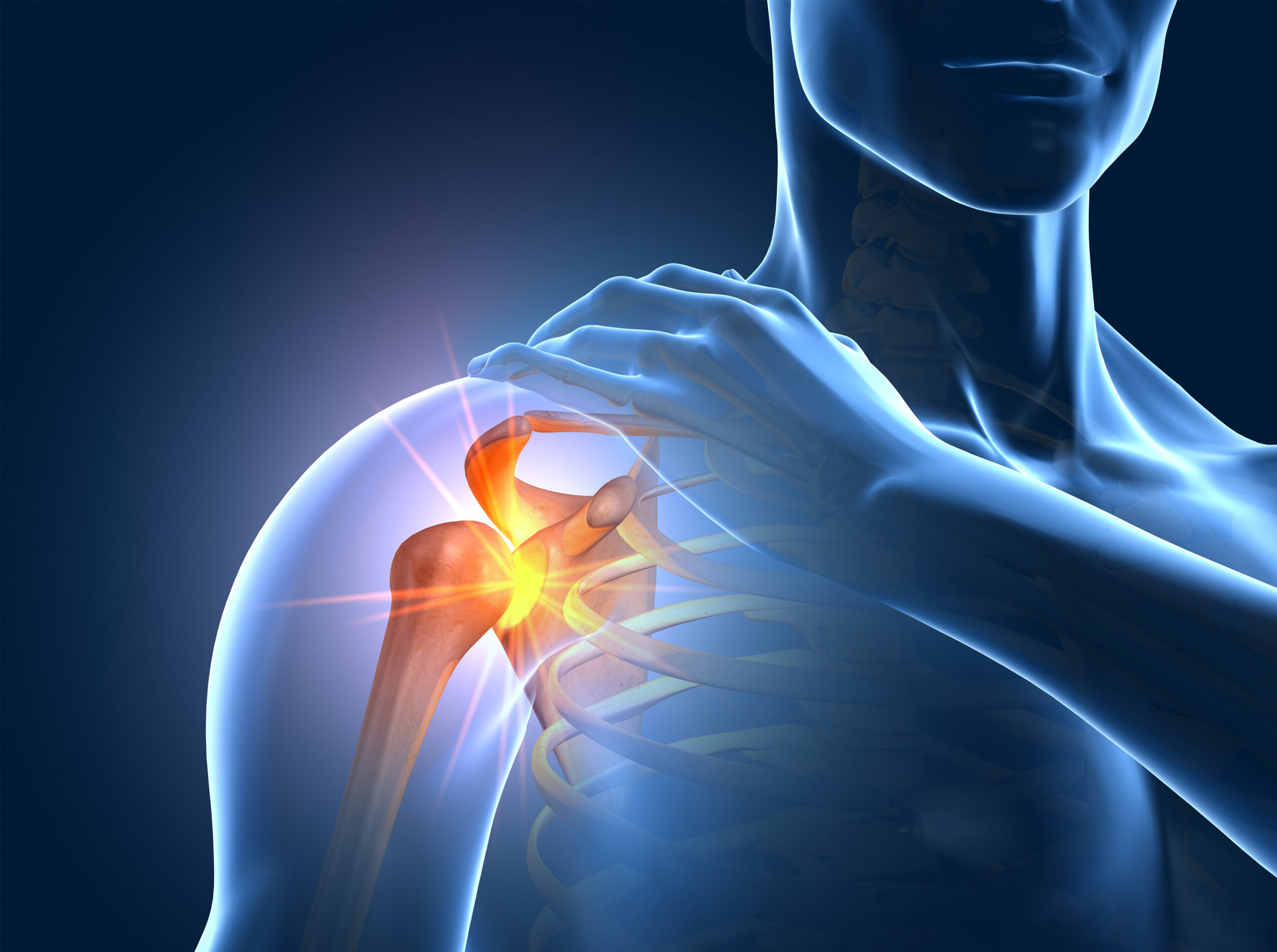Do I Have Runner’s Knee or Need A Total Knee Replacement?
Runner’s knee is another name for palletofemoral pain syndrome (PFPS). This condition causes pain around the front of the knee and around the kneecap, or patella. Despite the name, it can happen to people who are not runners. All types of athletes are prone to runner’s knee as well as those who sit for long periods each day. It is also more common in women and younger people. The stiffness and pain caused by PFPS can make daily activities such and climbing stairs and kneeling down difficult or even unbearable.
What causes runner’s knee, and how can I prevent it?
Runners knee is usually caused by overuse and repeated stress on the knee joint. It can also result from poor footwear and improper use of sporting equipment. In some cases, misalignment of the kneecap is the cause of the pain. The symptoms of runner’s knee are:
- Pain when you perform exercises that require repeated bending of the knee such as jogging, climbing stairs, or squats
- Pain after you have been sitting for a long period with your knees bent
- Pain when you intensify your activity level or change walking surfaces
- Cracking or popping sounds when you bend your knee
Prevention of runner’s knee is key for any athlete. Thankfully, there are steps you can take to avoid this painful condition. First, be sure to wear appropriate footwear whenever you are engaging in physical activity. Second, warm up your muscles and stretch before you exercise or play sports. Finally, maintain a healthy weight to avoid putting undue stress on your knees.
How do I treat runner’s knee?
There are several home remedies that are effective in treating runner’s knee. Start with the RICE protocol to relieve your pain
- Rest: avoid bearing weight on the injured knee
- Ice: apply cold packs several times each day
- Compression: wrap the knee for comfort
- Elevation: when resting, keep your knee higher than your heart
In addition to the RICE method, you can also use an over the counter anti-inflammatory medication. You should also decrease your activity level until the pain subsides. If these methods are not effective, you should see a specialist. They may recommend physical therapy or orthotics to help fix the problem. In some cases, surgery is necessary to remove damaged cartilage or to move the patella into proper placement. In general, runner’s knee will not require a total knee replacement. If you have experienced a sudden knee injury, visit our Express Clinic for immediate attention. If you are experiencing chronic pain, make an appointment with one of our specialists at Colorado Springs Orthopaedic Group.


